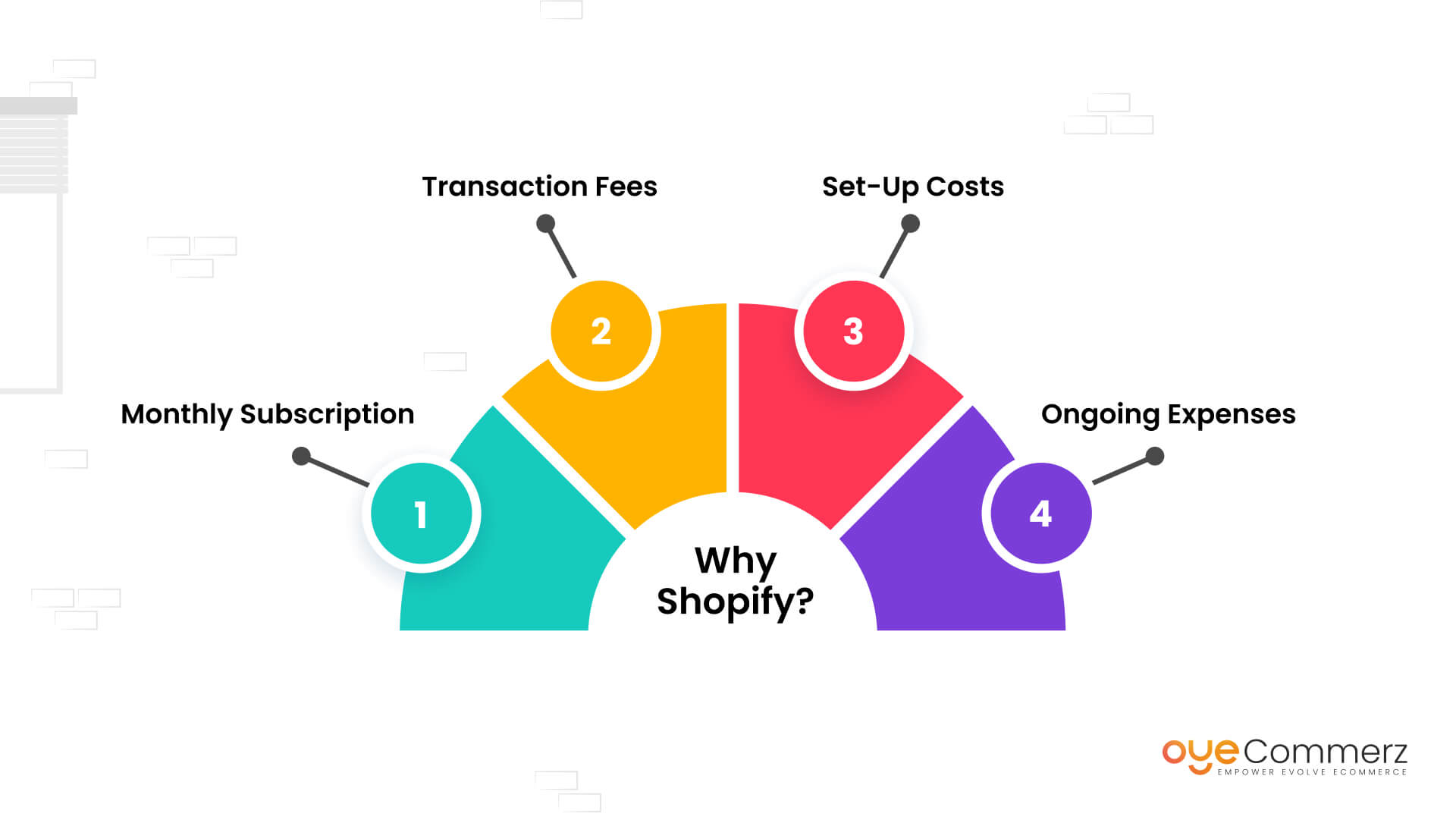Shifting from WordPress to Shopify marks an exciting step in streamlining your e-commerce processes. As businesses expand, choosing a solution that aligns with scalability, UX, and customization is essential. Shopify has emerged as a preferred choice for online merchants, providing unmatched adaptability, security, and user-friendliness. In this guide, we will delve into why this migration is a game-changer, discuss the benefits, and provide actionable steps to ensure a smooth move.
1. Top Reasons to Transition from WordPress to Shopify
WordPress, paired with WooCommerce, continues to support countless online stores. Nevertheless, as companies expand, issues like plugin dependency, security vulnerabilities, and technical complexities often obstruct progress. Shopify, designed explicitly for digital retail, addresses these issues with an all-in-one, intuitive solution. Real data back this shift—Shopify hosts over 4.4 million stores globally, with a documented 10% increase in sales performance for numerous merchants after migration.
2. Key Benefits of Shopify for E-commerce Success
Shopify’s powerful platform caters for scaling brands. Its standout features include:
- Seamless Customization: Shopify offers over 80 professionally designed themes.
- Integrated Tools: Capabilities such as Shopify Payments and integrated SEO streamline operations.
- International Expansion: Multi-currency support and localization features empower businesses to expand internationally.
Additionally, Shopify boasts an availability percentage of 99.98%, guaranteeing your website remains accessible.
3. Preparing for WordPress to Shopify Migration
Prior to starting the migration process, evaluate your existing setup. Review product data, customer details, and search engine rankings. Tools like Shopify’s Migration Kit or third-party solutions help ease the transition. Create a detailed strategy, ensuring all assets—product descriptions, images, and articles—are ready for seamless import.
4. Data Migration: A Critical Step
Data migration is a cornerstone of a smooth platform switch. When migrating from WordPress to Shopify, focus on:
- Inventory Details: SKU, item summaries, and categories.
- Customer Data: Emails, purchase records, and preferences.
- SEO Optimization: Retain meta tags, URLs, and Migrate from WordPress to Shopify forwarding paths to avoid SEO losses.
Use apps like LitExtension to facilitate seamless migration while reducing mistakes.
5. Customizing Your Shopify Store
After the move, personalizing your Shopify store helps it reflects your business identity. Take advantage of Shopify’s drag-and-drop editor to design pages effortlessly. Shopify's themes are mobile-responsive, ensuring a smooth UX across platforms—a key point, since 74% of online shopping comes from mobile users.
6. How to Protect Your SEO Rankings When Switching Platforms
SEO is vital for preserving your visibility during migration. Shopify is highly optimized for search engines with clean URL structures, preloaded features, and smooth content management. Ensure:
- Set up URL forwarding for existing links.
- Optimize new pages with keyword-rich content.
- Use Shopify's apps Plug in SEO to monitor performance post-migration.
7. Post-Migration Testing
Once the migration is complete, conduct thorough testing.
Check: - Page load times Shopify data transfer services (Shopify delivers faster speeds in contrast with WP).
- Functionality of payment gateways and transaction flow.
- Adaptability across devices.
Testing guarantees your store delivers a seamless shopping experience from the start.
8. Case Study of a Successful Migration
One such migration success story is Gymshark, a sportswear company that moved to Shopify. Post-migration, the company saw a 60% increase in mobile sales and significantly lowered site downtime. This showcases the capabilities of Shopify in driving online business success.
9. Overcoming Common Migration Issues
Migration comes with challenges, such as information accuracy and adjusting tailored features. However, Shopify’s robust support and external professionals make overcoming these hurdles manageable. Partnering with qualified Shopify developers ensures a trouble-free transition.
10. Starting Your Journey with Shopify
Switching from WP to Shopify represents a forward-thinking decision to online retail. By focusing on growth, simplifying management, and enhancing the customer experience, Shopify enables companies to succeed in competitive markets.
Conclusion
Transitioning from WP to Shopify is a strategic move that can significantly boost your online business performance. With a well-structured strategy, the right tools, and expert support, you can achieve new success milestones.
Ready to make the leap? Let’s discuss how our Shopify migration services can revolutionize your e-commerce platform. Get in touch today, or ask yourself: Is it time to seize Shopify’s advantages for your store?
